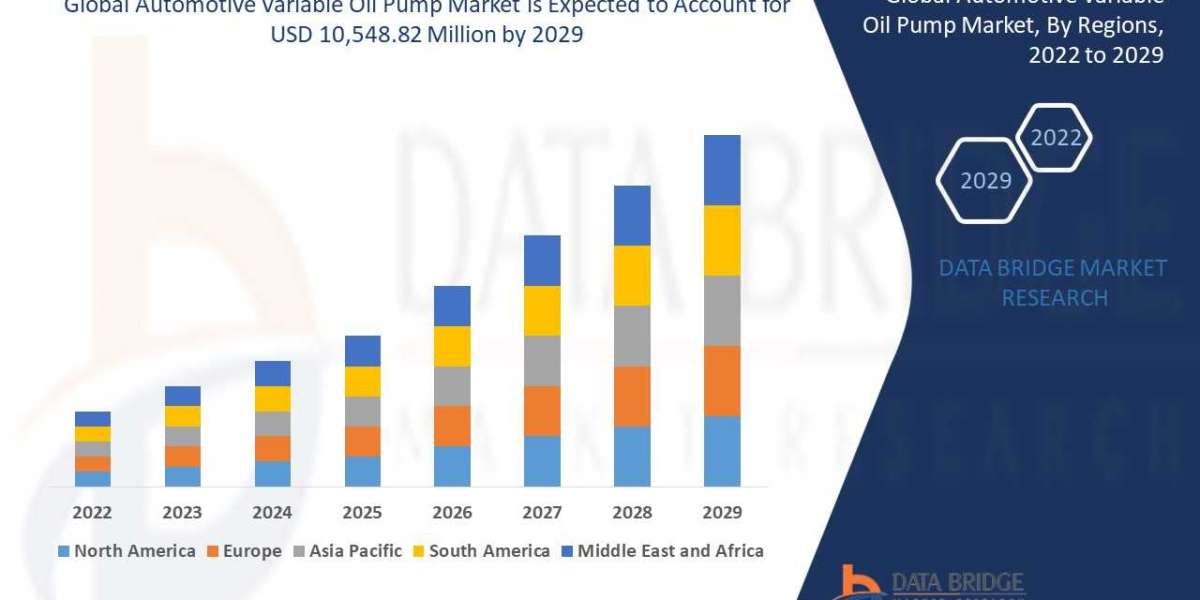The Australia insurance market, valued at AUD 112.53 billion in 2024, has experienced significant growth, driven by a wide range of insurance offerings including health, life, car, home, and business products. The market is projected to grow at a compound annual growth rate (CAGR) of 1.80% from 2025 to 2034, to reach a value of AUD 134.51 billion by 2034. As Australians continue to seek financial security and protection against life’s uncertainties, the demand for comprehensive insurance solutions is expected to remain strong. This article explores the key drivers, challenges, and future trends shaping the Australian insurance industry.
Market Overview: Diverse Insurance Offerings
Australia's insurance market is vast and diverse, offering a variety of products to cater to the different needs of consumers and businesses. These products range from basic car and home insurance to complex life, health, and business insurance policies. The country’s robust economy, high standard of living, and well-established insurance industry have contributed to the overall growth of the market.
Health Insurance:
Health insurance is one of the largest sectors within the Australian insurance market. With the increasing cost of healthcare and an aging population, the demand for private health insurance has been steadily rising. Australians are opting for private health coverage to supplement public healthcare, which is provided by the government through Medicare. The private health insurance market is expected to grow further as more individuals and families seek enhanced coverage for medical treatments, hospital stays, and specialist services.
Life Insurance:
Life insurance remains a cornerstone of Australia’s insurance sector. Australian consumers are increasingly recognizing the importance of life insurance as a financial safety net for their families in the event of death or disability. The growth of the life insurance market is driven by factors such as rising awareness about financial planning, the need for income protection, and a greater emphasis on securing long-term financial stability. Additionally, the superannuation system (Australia’s mandatory retirement savings program) often includes life insurance policies, further expanding access to life insurance for workers.
Car and Home Insurance:
Car and home insurance are essential products for most Australian households. As the country experiences extreme weather conditions, such as bushfires and floods, the need for home insurance to protect against property damage and loss is greater than ever. Similarly, car insurance continues to be in demand, driven by Australia’s high vehicle ownership rates. As technology advances, the rise of connected and autonomous vehicles will likely have an impact on the car insurance landscape, with new products emerging to meet the needs of modern drivers.
Business Insurance:
Business insurance is a vital product for Australian companies, especially small and medium-sized enterprises (SMEs). Coverage options such as property insurance, workers' compensation, and professional indemnity are crucial for businesses to protect against financial losses due to unforeseen events. The increasing focus on risk management and business continuity in the wake of the COVID-19 pandemic has heightened demand for comprehensive business insurance solutions.
Key Drivers of Market Growth
Several key factors are driving the expansion of the Australian insurance market:
1. Economic Stability and Growth:
Australia’s strong and stable economy, coupled with its high GDP per capita, has created a conducive environment for the growth of the insurance sector. With increasing disposable incomes, Australian consumers are more willing to invest in insurance products to safeguard their assets, health, and financial well-being. Additionally, the country’s resilience to economic downturns has bolstered consumer confidence in the long-term viability of the insurance market.
2. Aging Population:
Australia’s aging population is another significant driver of the insurance market. As more Australians live longer, the demand for health insurance, life insurance, and aged care insurance products is rising. An older demographic often requires additional healthcare services and financial protection in the event of illness or injury, leading to higher demand for relevant insurance policies.
3. Increasing Awareness and Financial Literacy:
Greater awareness of the benefits of insurance and improving financial literacy are driving the uptake of insurance products across the country. More Australians are recognizing the importance of having insurance coverage as part of their overall financial planning strategy. Insurance companies are playing a key role in educating consumers about the different products available, which in turn boosts sales and adoption.
4. Technological Advancements:
The rapid advancement of technology has also had a profound impact on the insurance industry in Australia. Insurers are increasingly leveraging data analytics, artificial intelligence (AI), and digital platforms to improve underwriting, claims processing, and customer service. These innovations help to streamline operations, reduce costs, and enhance the customer experience. Additionally, the rise of insurtech startups is driving competition and providing consumers with more personalized and accessible insurance products.
5. Government Regulation and Support:
The Australian government plays a critical role in shaping the insurance market through regulation and oversight. Key regulations, such as the Australian Prudential Regulation Authority (APRA) standards and the Australian Securities and Investments Commission (ASIC) rules, ensure that insurance companies operate in a fair and transparent manner, safeguarding consumer interests. Additionally, government initiatives, such as the National Disability Insurance Scheme (NDIS) and Medicare, provide a foundation for the growth of complementary private insurance offerings.
Emerging Trends in the Australian Insurance Market
1. Digital Transformation and Customer-Centric Solutions:
The digitalization of the insurance market has been accelerated in recent years, with many insurers adopting online platforms to offer convenient services. Consumers now expect to be able to compare policies, manage claims, and access insurance services online. As a result, insurers are focusing on offering more user-friendly digital interfaces, personalized products, and fast-tracked claims processes. Insurers are also increasingly using data and AI to offer more personalized coverage options, targeting specific customer needs and preferences.
2. Environmental and Climate Risk Insurance:
With Australia’s vulnerability to climate change and extreme weather events, there is growing demand for insurance products that address environmental risks. Insurance products that cover natural disasters, such as bushfires, floods, and cyclones, are becoming more popular. Additionally, insurers are starting to offer coverage related to environmental liabilities, which may include pollution and climate-related risks. This trend reflects the increasing importance of environmental sustainability and the need for insurance solutions that mitigate climate-related impacts.
3. The Rise of Usage-Based Insurance (UBI):
Usage-based insurance, particularly in the car insurance sector, is gaining popularity in Australia. UBI policies use telematics or IoT devices to track the usage patterns and driving behavior of policyholders, allowing insurers to offer more tailored premiums based on actual usage. This shift toward more personalized pricing models is helping to make insurance more affordable and accessible to a wider range of consumers.
4. Mental Health and Wellbeing Insurance Products:
In recent years, there has been an increasing focus on mental health and well-being, both in terms of healthcare insurance and life insurance policies. Mental health conditions have become a leading cause of disability and lost productivity in Australia, which has prompted insurers to expand coverage to include mental health treatments and services. Life insurance policies are also evolving to address mental health risks, offering policyholders the support they need in times of crisis.
Challenges Facing the Australian Insurance Market
Despite the overall growth of the Australian insurance market, several challenges persist. Increasing competition from digital-first insurers, changing consumer expectations, and rising claims costs due to extreme weather events are all putting pressure on traditional insurance models. Additionally, regulatory changes and the need to maintain solvency amidst low-interest rates require insurers to adapt quickly to maintain profitability.
Conclusion: A Promising Future
The Australian insurance market is poised for continued growth, driven by diverse offerings, increased consumer awareness, and technological innovations. With a projected value of AUD 134.51 billion by 2034, the insurance sector is expected to remain a vital component of Australia’s financial landscape. As the market evolves, insurers will need to continue adapting to changing consumer preferences, regulatory requirements, and emerging risks to ensure their long-term success. With a stable economic environment, an aging population, and a growing focus on sustainability and digital transformation, the future of the Australian insurance market looks bright.


